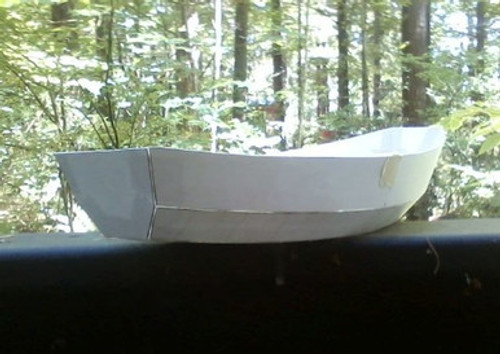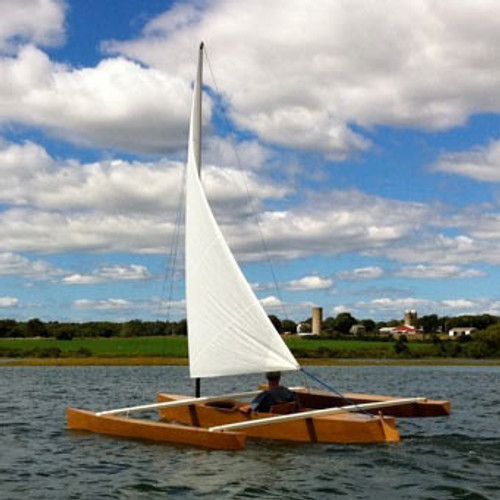The Green River was the one that gave me the idea for the Naselle River Drifter. I started out designing this hull as a modified version on one of my regular drift boat hulls, but with beveled lower bottom side panels. As I drew up the hull on my computer, I wanted to add beveled bottom panels to the hull to help it maintain some control in the water. With a normal drift boat, the sides and bottom panel make a pretty hard edge and I wanted to reduce the waters force on that hard edge. From my White Water Kayaking days, I knew that a hull with sharp edges would be an easy hull for the water to turn over if you got caught sideways to the flow. The only kayaks with hard edges were the “squirt boats” that wanted to spin to the bottom when they were put on edge in confused water. So I put bevels on the lower bottom side panels and finished the hull modeling. Should be easier to maintain control of the hull.
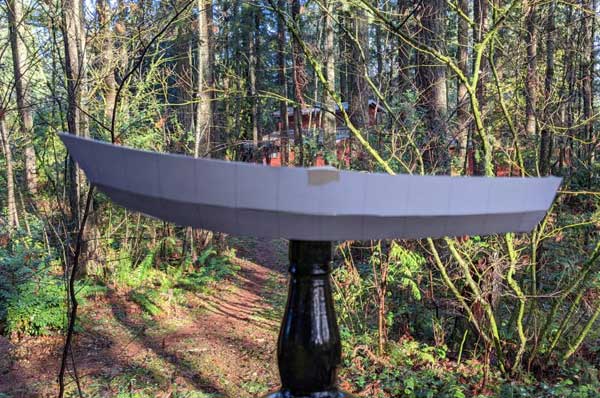
When I had the Green River design finished, I wondered what would the hull look like if I also beveled the bow and transom panels too and added some more width to the hull. The Naselle River was the result, and I’m quite happy with the way that hull turned out as a slow river or lake boat. I then toyed with the idea of also beveling the bow and transom panels on the Green River and that is what created this hull. It would also make it easier using leftover bits of plywood to make the smaller bow and transom panels than trying to keep or buy plywood that would fit for the larger one piece style. The “adjustment” would not affect the way the hull handles in bigger water, and might even help.
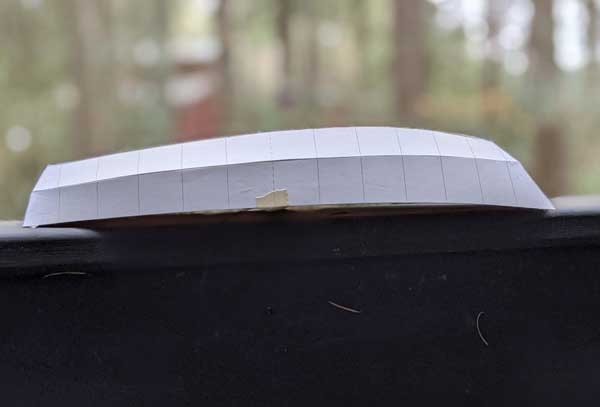
The hull weight in the plans is quite variable as it will depend on how you fit out the interior of the hull. A lot of it depends on what type (species) and where you can get marine grade plywood. It can vary a lot depending on the type of wood and the density of that wood when it was cut and made into plywood. There is a lot of weight difference between the same sized sheets of the same species of wood that I found on the EdenSaw Woods website. Okume is lighter, but it’s getting hard to find and is quite pricey now too.
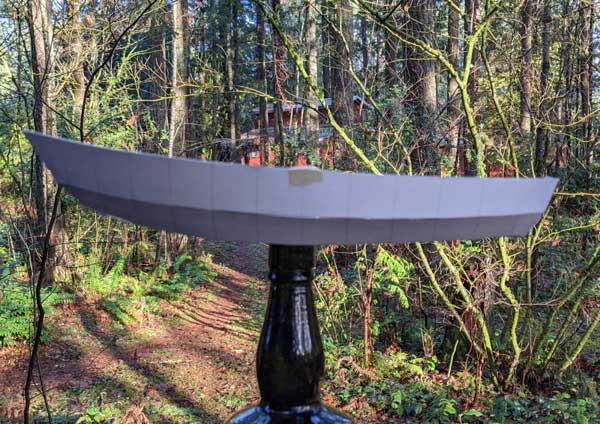
I set out in this design to make the bottom panel as wide as I could without going to the full 48” of the width of the plywood. When you do, you end up with the hard edges I talked about above. That was one of the reasons that the hull has two side panels and the lower one is beveled/angled to the upper sides. This will give the hull some width on the bottom, and as the hull sits lower in the water, the flaring sides will give it more volume the lower it sinks, and also reduces it’s wetted surface too.
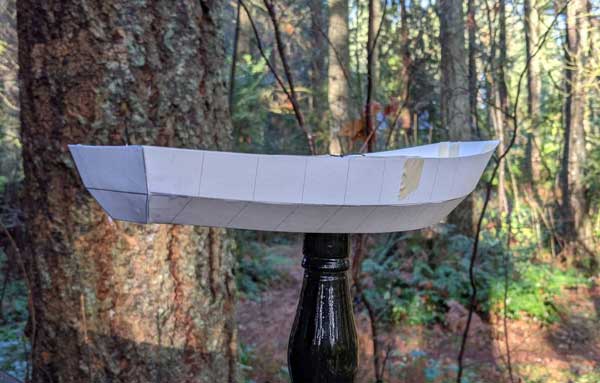
The Green River at only 12ft would make a nice single person hull and also be fitted out with two seats for a “guide and client” interior. I doubt that I would put two persons in it, and if someone wanted to, I could lengthen the hull another couple feet. All my hulls can be lengthened and shortened pretty easily on my computer. Would have the new hull modeled up in about two tries. I’m thinking of a 14ft version of the Green and Naselle Rivers; or not. Will see how this one sells.

I’ve shown in the drawings two type of interior for the hull and if you download the free “study plan set” you will see what I’m talking about. Then again, most people have and idea of what they want in a drift boat and can build the interior they want. Just make sure the hull still balances at the “beam point” of the hull as the model did in the tank testing. I was surprised at how high in the water it floated; even with three scale people in the hull. “Float like a butterfly….”
Click HERE for a free model to print and build
Click HERE for free study plans
Warren Messer
Red Barn Boats



